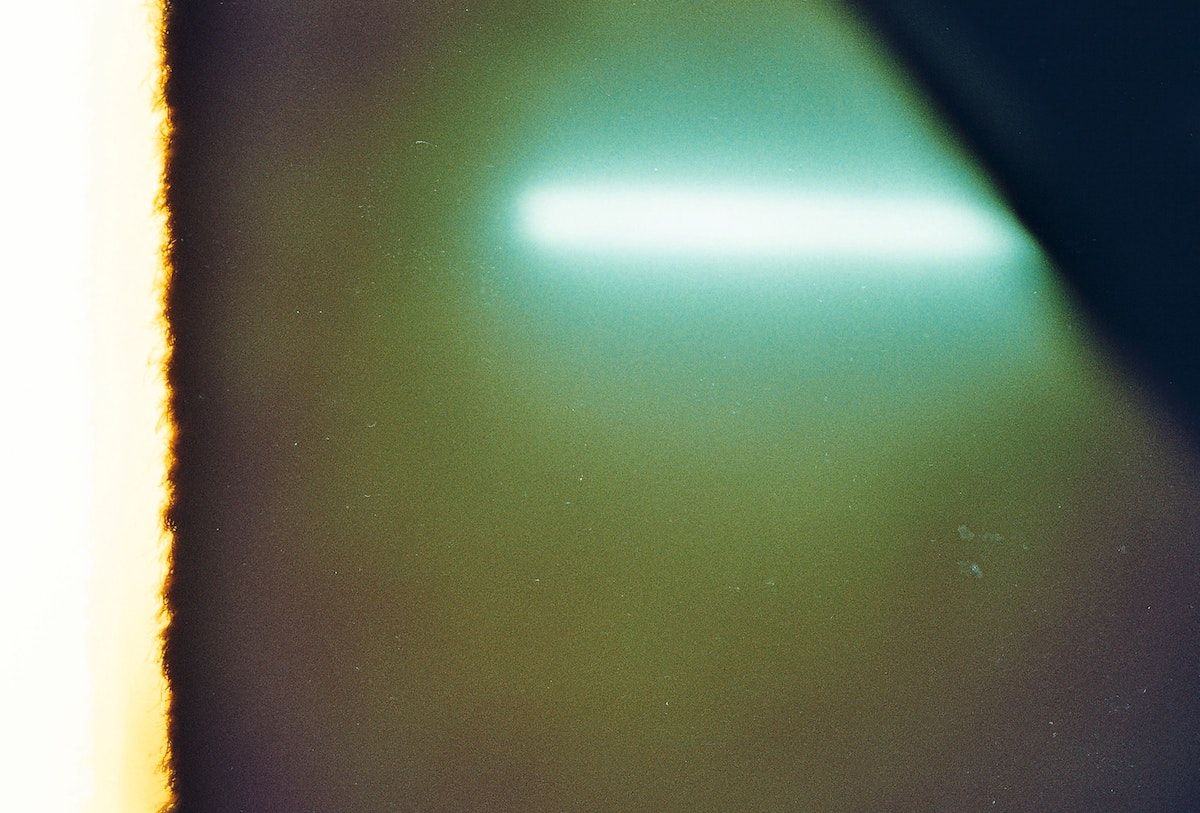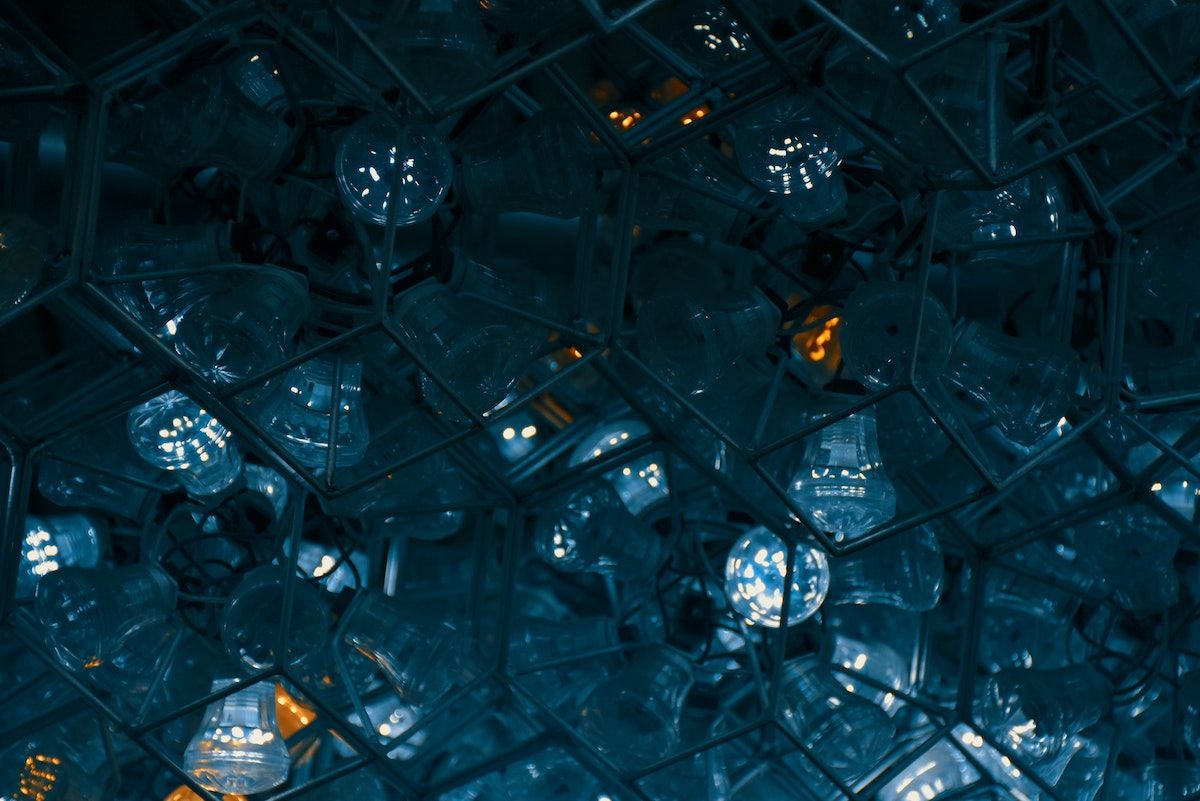Your Go-To Film Lighting Dictionary – 46 Terms You Should Know
Hire film gear from local filmmakers.

Hire film gear from local filmmakers.
Are you new to film lighting and constantly bogged down with all the confusing terminology? Worry no longer. Here is our comprehensive film lighting terms dictionary – for when you need those little reminders.
Eager to learn more about film lighting? Check out our page here to get started.
46 Essential Film Lighting Terms
1. Accent light
This is an instrument that helps focus attention on a specific area. It works in any position.
2. Ambient light
This is the general light around the subject. It fills in shadows and is generally a very soft light that bounces off objects in the space.¨
3. Available light
This kind of light is the natural light you will find at your filming location- it’s great to use to enhance the sense of realism.
4. Arclight
This is a powerful lamp where electric current flows between two electrodes. This pressure works between a carbon arc and a mercury arc.
5. Backlighting
This is when you position a light source behind and slightly above your subject. Don’t shine your light directly into the lens- this creates flares!

6. Balance
How the light, movement, and sound work together in one scene.
7. Barndoors
These are the black metal flaps that attach to light sources so you can limit and shape your patterns of light.
8. Beadboard
You can use this to bounce or diffuse soft light. It is housing insulation made from polystyrene beads formed into a flat board.
9. Best boy
The Best Boy is the assistant to the Key Grip or Gaffer. They are responsible for all the power cables for lighting around the set.
10. Bounce board
This is used to literally ‘bounce’ strong light onto your subject. It creates a softer and more even spread light source.
11. Butterfly
A large sheet of fabric used to diffuse light.
12. Chiaroscuro
(AKA high-contrast lighting). Refers to the contrast between light and darkness in one scene.
13. Chimera (softbox)
A cloth frame is attached to a hard light source to diffuse the light produced.
14. Clamps
There are many different varieties of clamps you’ll find on onset: C-47s and Cardellinis are just a couple.
15. Contrast
This is the ratio between the lightest area in the image and the darkest. It refers to the light intensity differences between the two.
16. C-stand
Short for Century Stand. It’s a highly adaptable lighting stand.
17. CRI
Color Rendering Index. It measures the spectrum content of the light source and how accurately it renders color.
18. Diffusion
This is a material used in front of light sources to soften the light produced.
19. Film grain
A light-sensitive material that helps achieve a film grain aesthetic. It works very well in low-light scenes.

20. Flag
This is usually black cloth stretched over a rectangular wireframe, used to block light in a specific area.
21. Fill
Fill lighting is used to fill in the shadowy areas that your key lighting creates. It is less intense and often placed in the opposite direction of the key light to create dimension.
22. Fresnel
A type of lens that creates the same effect as a standard plano-convex lens but weighs less and retains less heat.
23. Fluorescent
The property of some materials to absorb radiation or specific wavelengths and re-emit this as light. (e.g. ultraviolet)
24. Gaffer
This is the name for the head of the lighting crew- the person directly below the director of photography.
25. Gel
A colored polyethylene sheet is used to change the color of light.
26. Halogen
These are elements such as Iodine, chlorine, bromine, fluorine, and astatine. They are used to make things such as halogen lamps.

27. Hard lighting
This is a strong light source and can be a small, powerful light or the sun.
28. Hertz
This measures the frequency in cycles per second. (Hz)
29. High key lighting
This is a bright style of lighting that uses low contrast and bright highlights.
30. Hotspot
This is a very bright area in the scene, made by using excessive light or reflection.
31. Kelvin scale
A temperature scale used to express the temperature of colors.
32. Kino flo
A bank of fluorescent bulbs used to create soft lighting.
33. Key lighting
The main source of light used on a subject.
34. Low key lighting
This is a lighting style where most of the frame is encompassed in darkness. High key-to-fill lighting ratios are used to achieve this effect.
35. Magic hour
This hour is the perfect time of day for filming those magic or romantic scenes. It is where the light is naturally warm and soft- and takes place around 30 minutes before sunset and 30 minutes after sunrise.
36. Motivated lighting
This is used to imitate a natural light source. It enhances practical lighting, so it works well if you want to up the intensity or area of your lighting.
37. Positive print
The original light image captured on the film reel.
38. Practical lighting
The use of regular light sources like lamps or candles. They are often used to create subtle lighting on the subject.

39. Rembrandt lighting
Using one light and one reflector or two separate lights. It is characterized by a triangle of light under the subject’s eye on the fill side.
40. Rigger
Someone who positions lamps or light sources in the studio following the lighting plot.
41. Side lighting
This is when you light your scene to the side- parallel to your subject. It is often used with a soft fill light to create a ‘chiaroscuro’ effect.
42. Screen
Mesh on a metal frame that cuts the intensity of light but doesn’t block it all out.
43. Soft lighting
A type of open-faced light where no direct lighting is used- large aperture and reflected light creates soft shadows and dim brights.
44. Spill
The light that manages to squeeze out where you don’t want it.
45. Tungsten lights
Light created by an incandescent lamp fitted with a Tungsten filament.
46. White balance
A camera setting or editing feature which establishes the true color of white. From there, it creates the baseline for measuring of all the other colors.
Learn more about film lighting
Now that you’ve got your film lighting terms down pat, it’s time to delve into the realm of filmmaking. Head over to our page on filmmaking.
Film Lighting Terms FAQ
How do you describe lighting in film?
Lighting in a film is an integral part of guiding the audience to certain areas of the scene. The harshness, color, and size of the light can afford lots of information in a scene alone.
What are the most common light terms?
Some of the most common lighting terms you’ll hear on set are ones you’ll already know in your everyday language. Others, like soft or hard lighting, low key or high key, fill or key light, take a bit of know-how to understand.






















